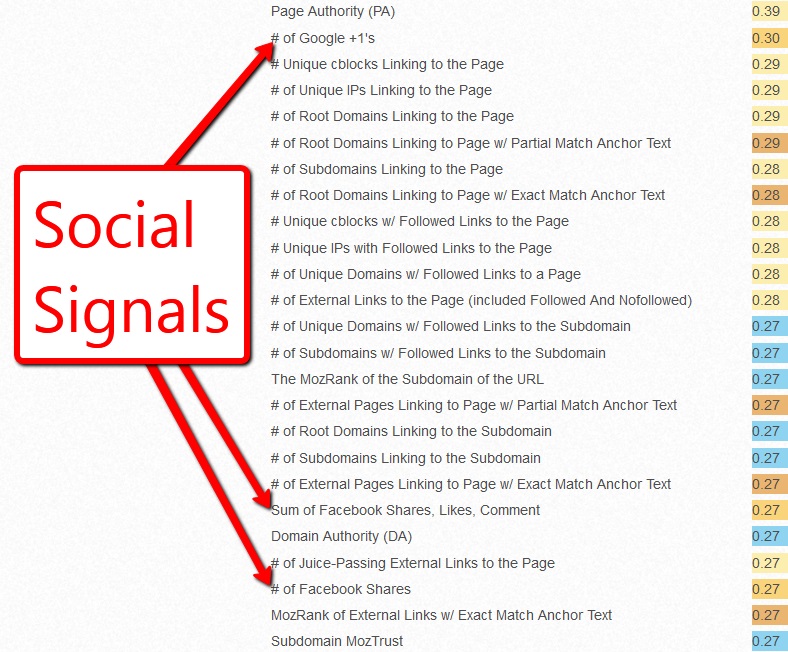For the last 7 years, I've been watching Google very closely. Sure, they are in the news all the time so it's not something that's exactly hard. What has been more challenging is keeping up with their long-standing obsession with social media and understanding why it's so.
They have some big wins (YouTube, Google+) as well as dozens of losses (Orkut and just about everything else that they've touched that smells social). They looked at Facebook before Microsoft jumped on first. They took a long, hard look at Digg during the social news site's heyday, then suddenly bailed out the moment they opened the books and saw the duct tape coding underlying the site.
Google knows two things very well about social media:
- If they have any chance of truly transcending beyond technology to gain a true understanding of intent and desires, they need to get a ton of social data.
- They haven't been able to crack into the type of data that Facebook has about people.
Google+ is similar to people, but does not hold the attention of its users. It will get there. It has to. It's Google's last, best hope for getting this data.
The reason they want it so badly is because just about everything they rely upon (search, advertising dollars, fulfilling the hopes and expectations of their customers, just to name a few) as a company would be exponentially improved by understanding true sentiment. They have all of the data that people want. They just don't have an easy way to perfect the delivery and usage of this data.
With this understanding, it's much easier to anticipate what Google will do with their advertising platform as well as their search engine. They are close to perfecting the latter, believe it or not. Most will point to the rapid pace in which Google makes changes to their search algorithm, but that's not an accurate characterization. They made major changes with Panda and Penguin. They made a minor (and completely overblown) change with their recent Hummingbird update. What we see now is close to the end game. Now, all they need to do is tweak it and wait for the next breakthrough.
They have achieved at plateau. Rather than major algorithm changes, they are now in the mode of perfecting the results by turning knobs rather than making the major changes that have hit every year since 2007. The holistic view of Google search that allows optimization to be broken down into the three major components (content, inbound links, and social signals) will not change until the reach a tipping point of understanding social data.
What's the point of all this? That part is harder to explain. For years, I've been reading and experimenting the best ways to market on Google. Now that they've reached a plateau, the anticipation game has changed. Those of us who try to stay on top of current algorithm trends while looking ahead to the changes can sit back for a while. What we see is what we're going to get for a while. It's all about the three components. However, there is one thing that hasn't manifested itself yet that technically changes everything.
The primary reason that Google wants to understand social data and personal sentiment is because they are on a quest for quality beyond the empirical data itself. The data is as good as it's going to get through pure technology. They cannot advance the understanding of sentiment any further until a breakthrough. Today, the great search marketer will be doing two things:
- Put out quality content with the proper mix of high-quality inbound links and social signals to improve rankings today.
- Put out quality content with the proper mix of high-quality inbound links and social signals with the understanding that once they achieve their goal of understanding sentiment, the quality component will make the search rankings soar.
As you can see, it's an approach that will kill two birds with one stone. There are challenges with the data that Google cannot reconcile today. For example, if someone wants to find a phone number for a business, they might search, click through to a website, find the number, and leave. This takes seconds and technically from Google's current perspective this wasn't a successful endeavor, especially if the searcher then clicks back to the search results and goes to a different site. Even though the mission was accomplished by the searcher, Google will count this as a bounce and a short time on site.
On the other hand, someone might be looking for something in particular, land on a page from a Google search, click around trying to find what they wanted, get frustrated when they can't find it, and leave. From Google's perspective, this was a good visit. From the searcher's perspective, it was an utter failure.
This is the type of sentiment that Google wants to understand. They want to know if you like what they presented to you. They want to know if their information was useful to you. They want to know if a website they "recommended" by having it listed first in the search engine helped you achieve a goal. Today, they can only guess. Tomorrow, they may be able to find out with a near certainty. At that point, we'll see the next major upgrade in search. One might even call it "quantum search" since it would probably take a quantum computer for them to make sense of all that data.
Thankfully for them, they're building a quantum computer right now.

















